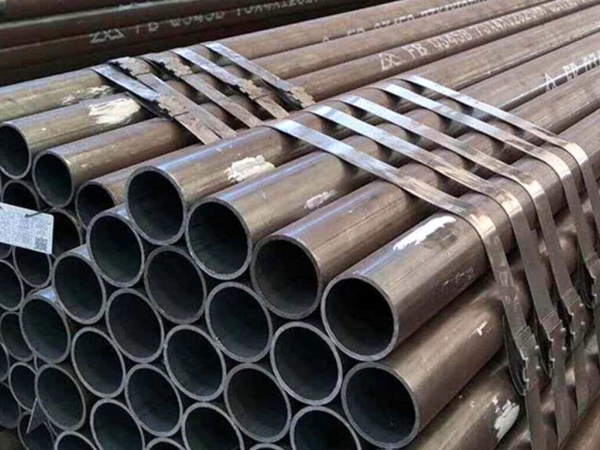Different classes of nickel alloys possess varying properties due to their composition and metallurgical structures. They also display different weldability, which means a unique welding approach may be required for each kind of alloy. When welding the non-age-hardenable (solid-solution-strengthened) wrought nickel alloy, gas-tungsten arc welding (GTAW, preferred for welding the precipitation-hardenable alloys), gas-metal arc welding (GMAW), and shielded metal arc welding (SMAW) are widely employed processing methods.
When it comes to nickel alloy pipe welding, a few key points must be paid attention to make sure the welding process is successful. Read more to learn about how to weld nickel alloy pipes.

Generally, nickel alloy is welded in the solution-treated condition. Precipitation-hardenable (PH) alloy should be annealed before welding if they have undergone any operations that introduce high residual stresses.
Concerns for Welding Nickel Alloy Pipe Include:
- Porosity
- Stress corrosion cracking
- Hydrogen embrittlement
- Slag and impurities
- Microfissures
Steps of Nickel Alloy Pipe Welding:
First, choose the right filler material. Nickel alloy is known for its corrosion and heat resistance, so it’s important to choose a filler material that can withstand those conditions. For example, stainless steel is often used as a filler when welding nickel alloy because it can resist high temperatures and won’t corrode quickly. Other materials you can use, such as copper or aluminum, depending on your needs.
Second, prepare alloy surface before welding to get the best results from the process. This step includes:
1. cleaning dirt or debris
2. removing oxidation
3. checking for signs of moisture or rust
Ensure that both sides of the alloy are at room temperature before beginning welding to ensure optimal performance.
Finally, follow proper safety procedures when welding nickel alloy pipe. Protective clothing, gloves and goggles need to be worn while working with hot metals and gases like argon or helium during welding involving nickel alloy. And watch out for sparks while working with these metals and cause severe burns if they come into contact with skin or clothing items left uncovered in the work area.